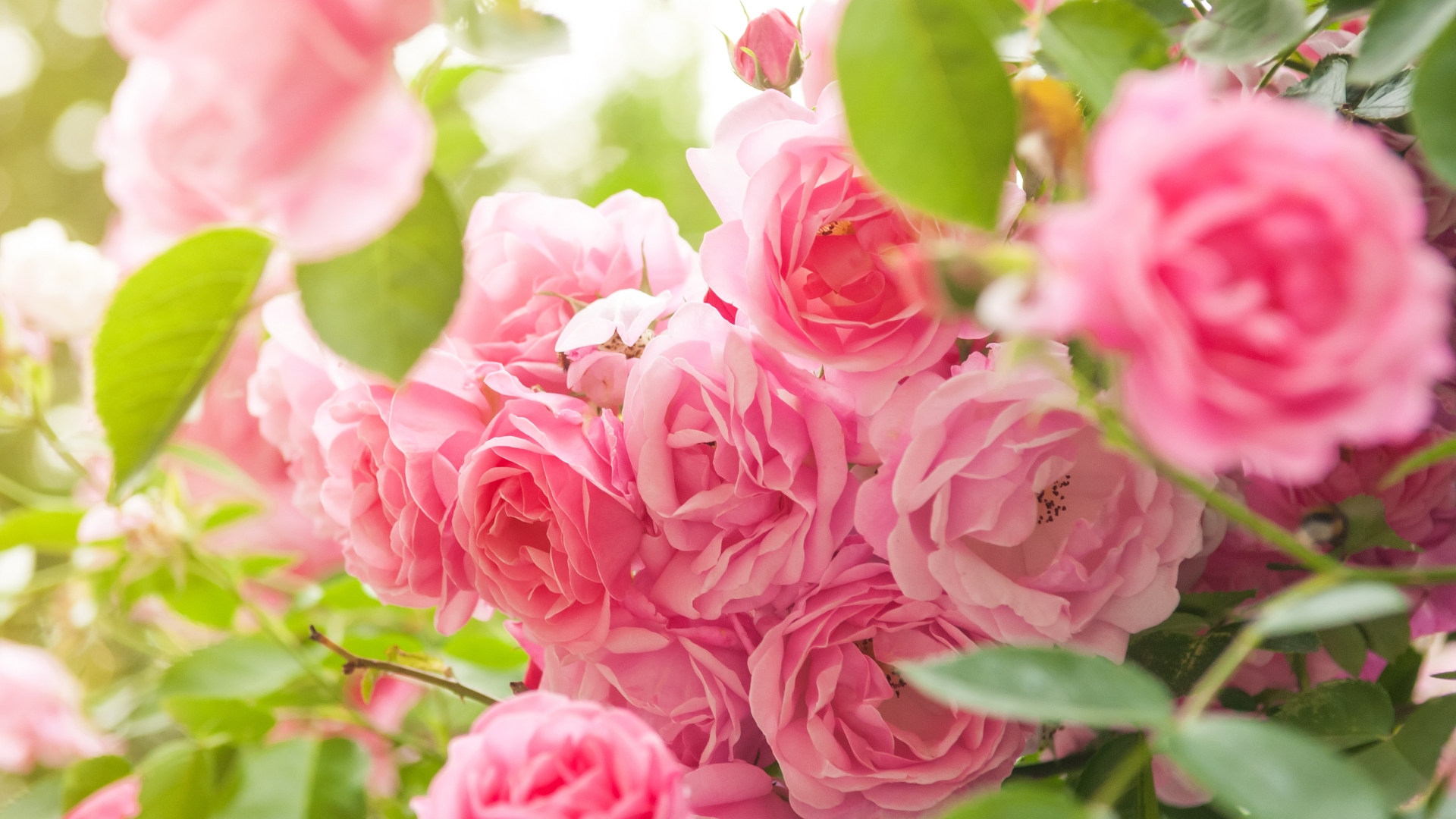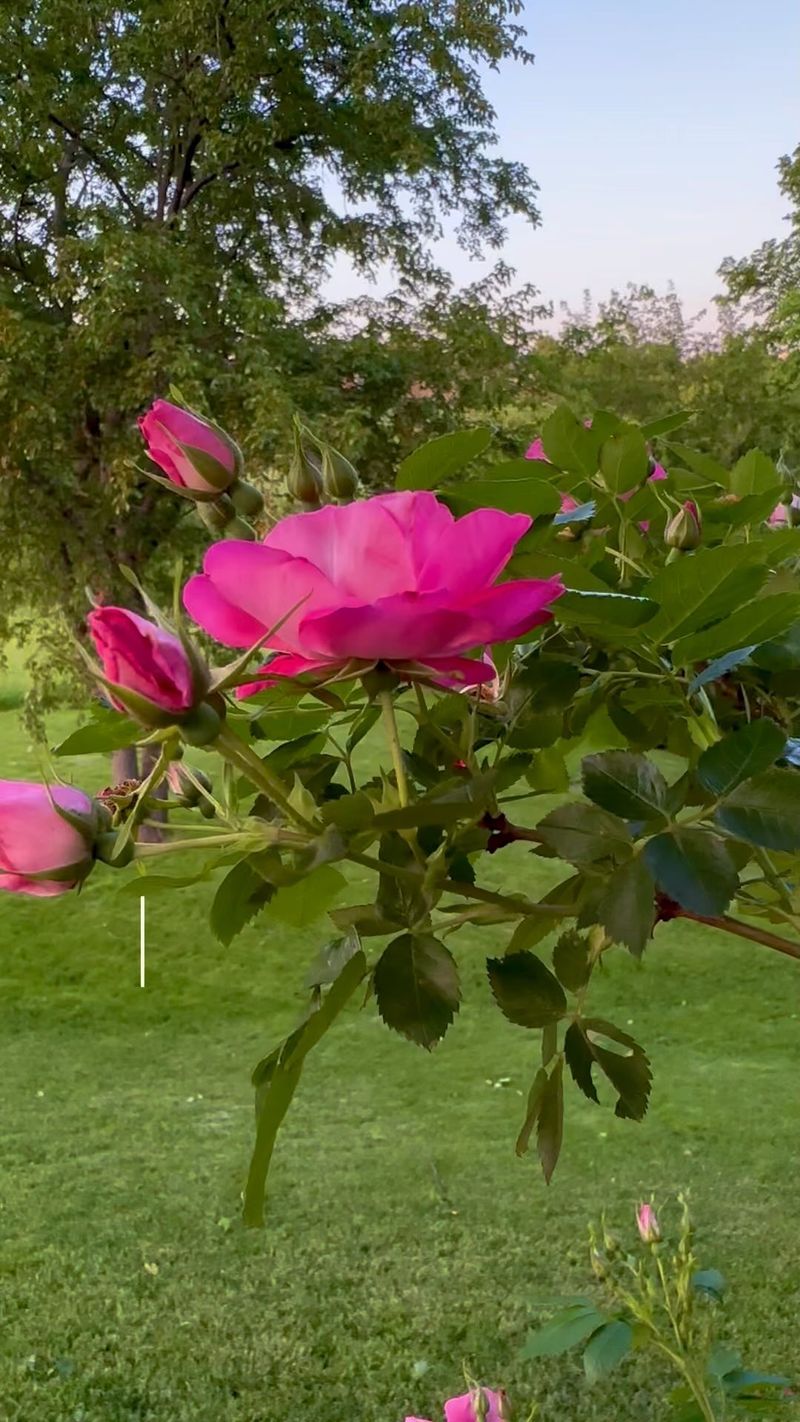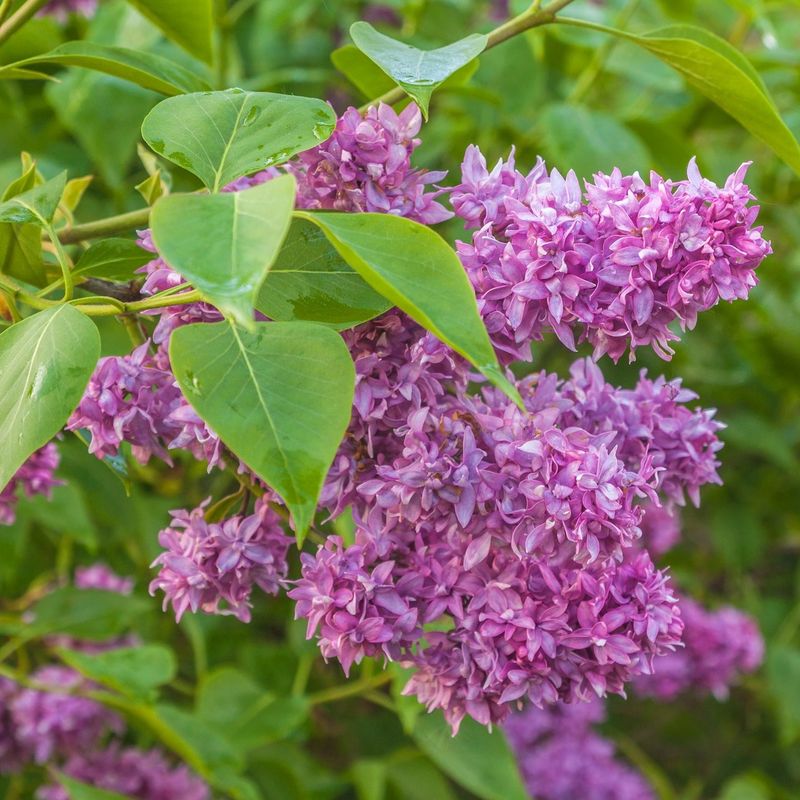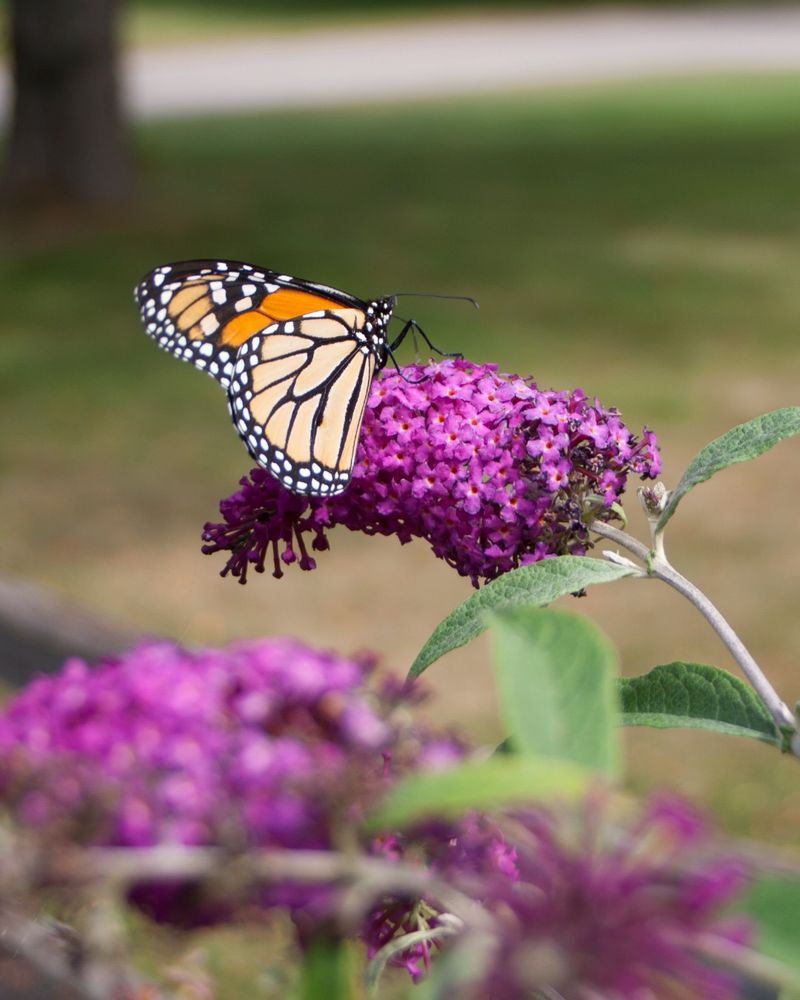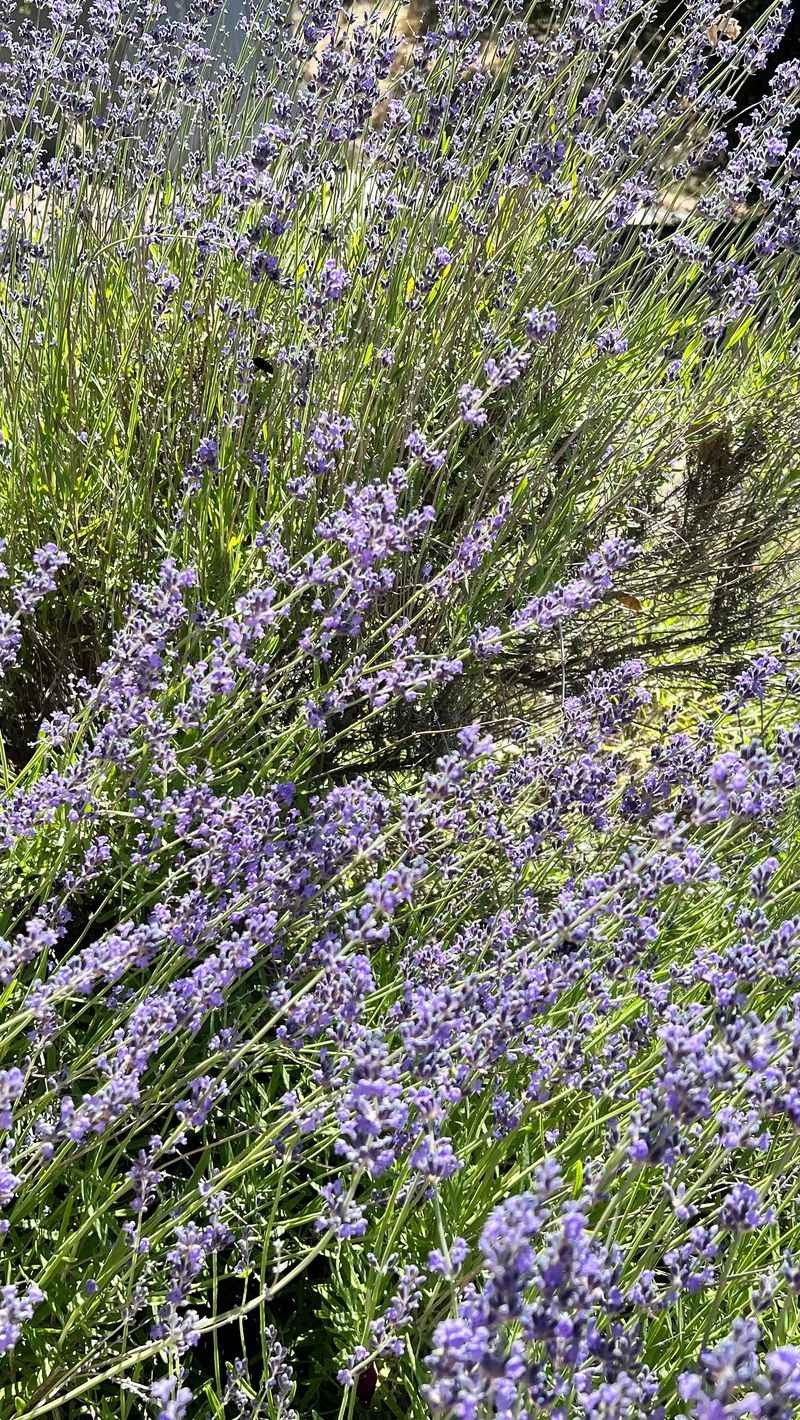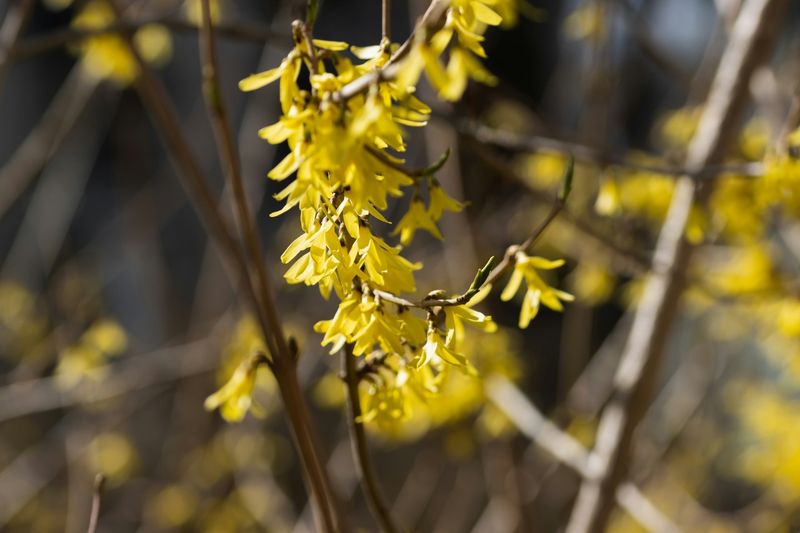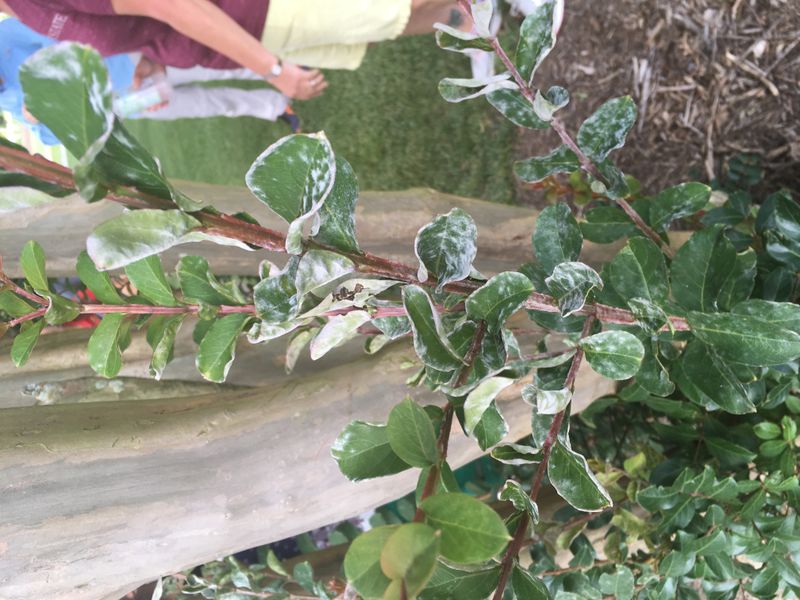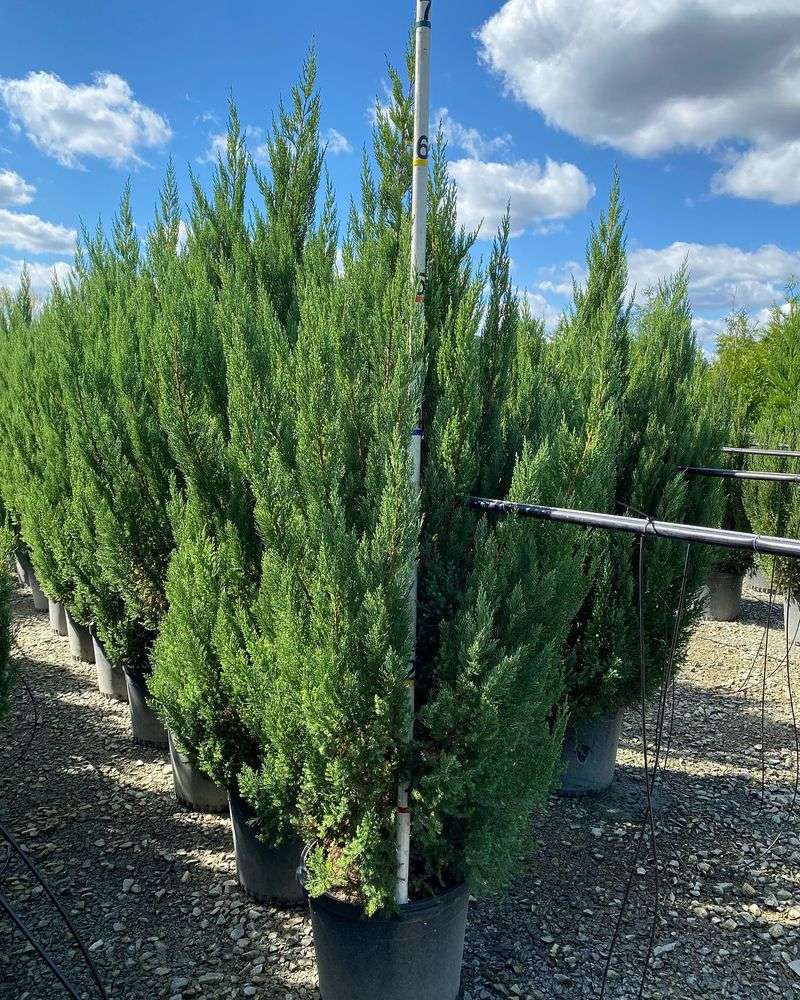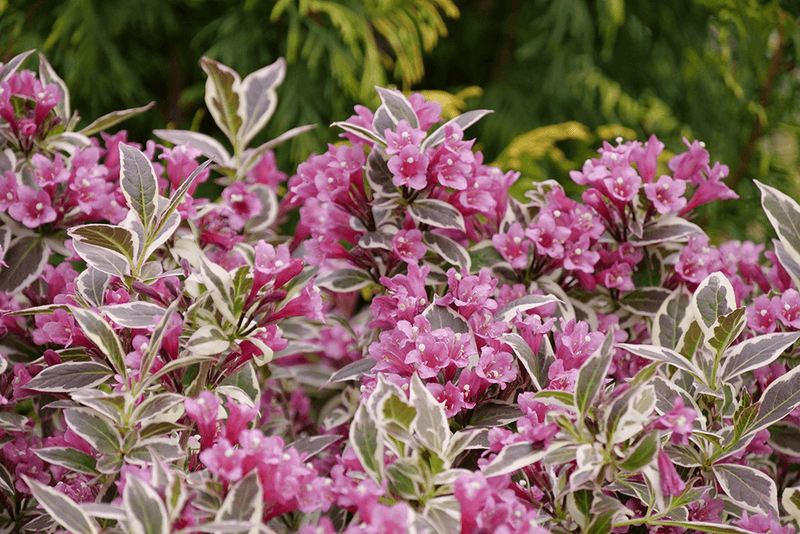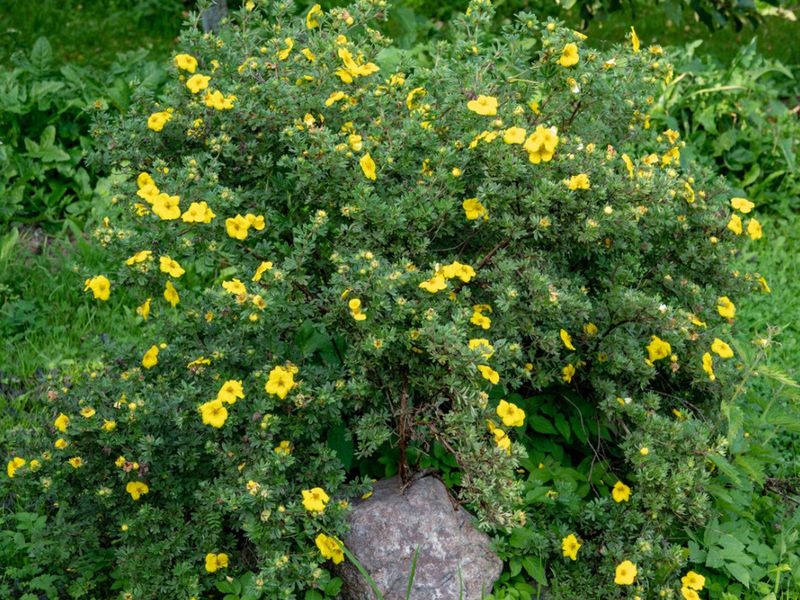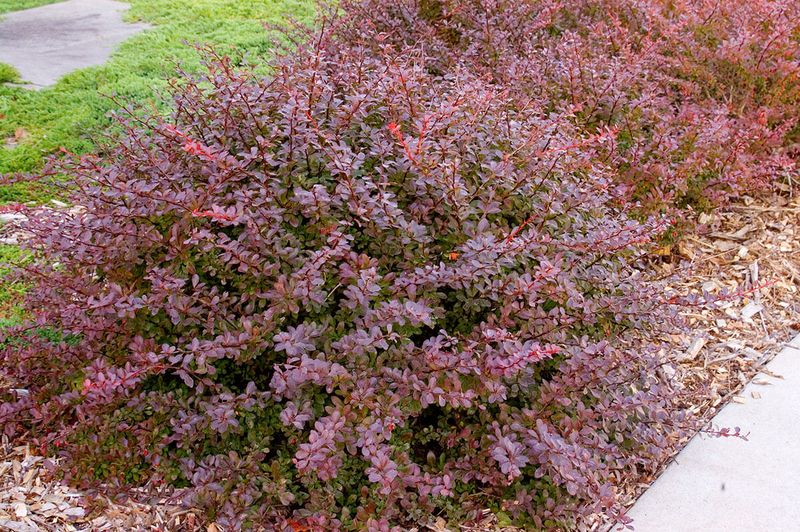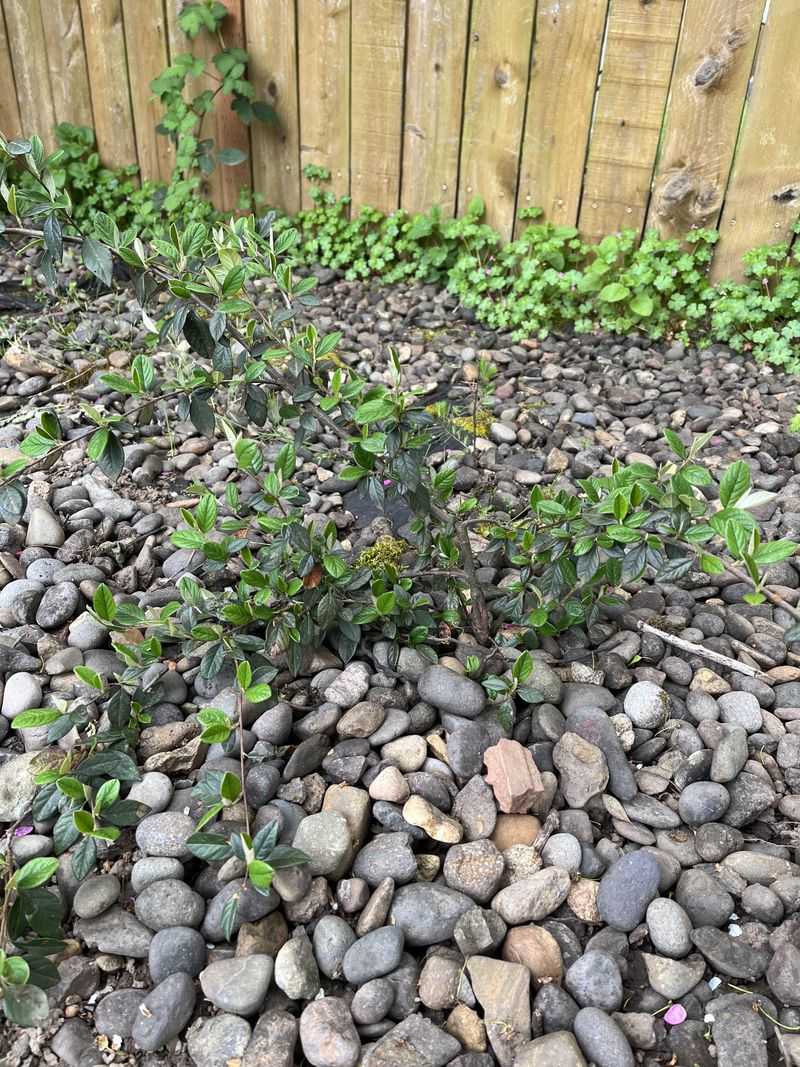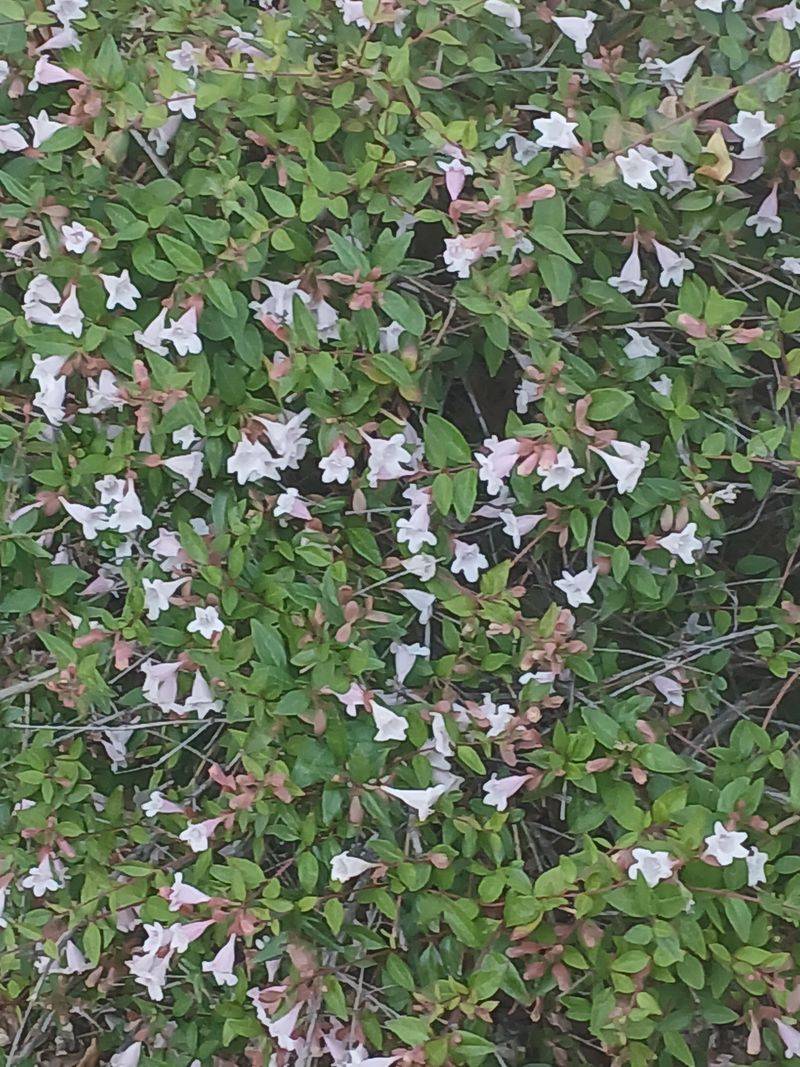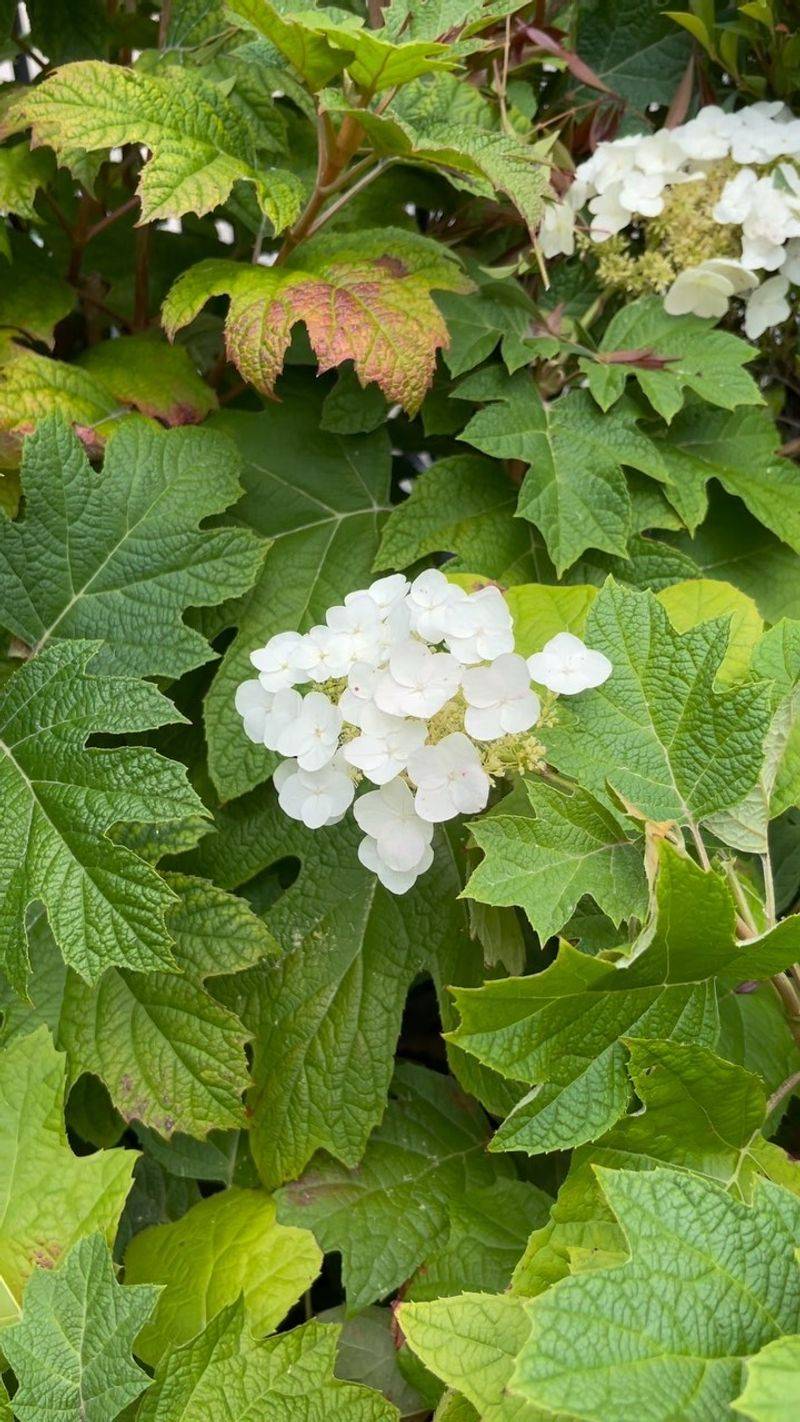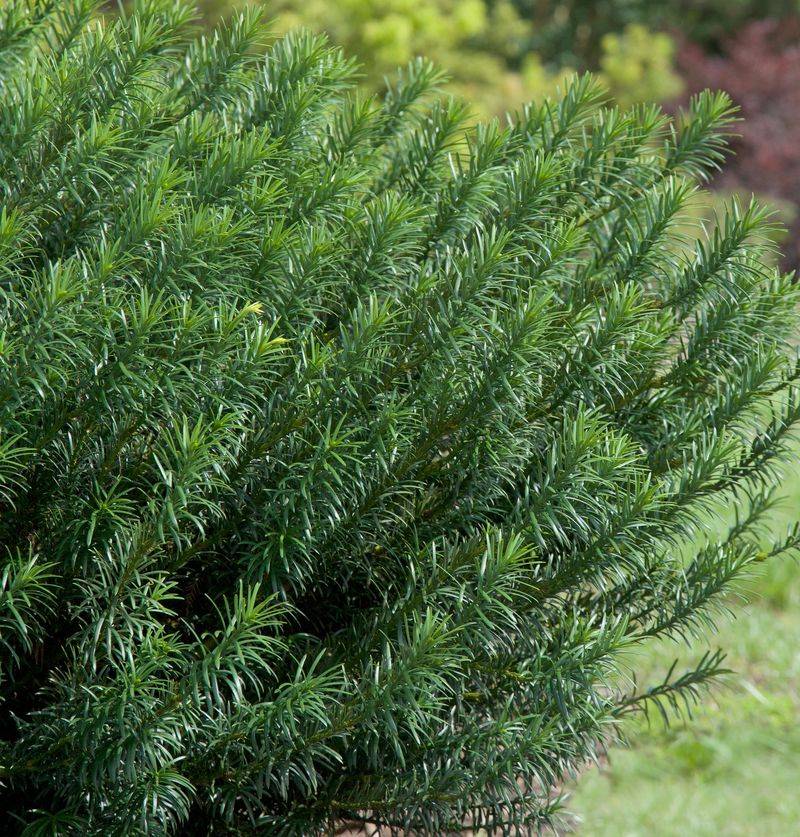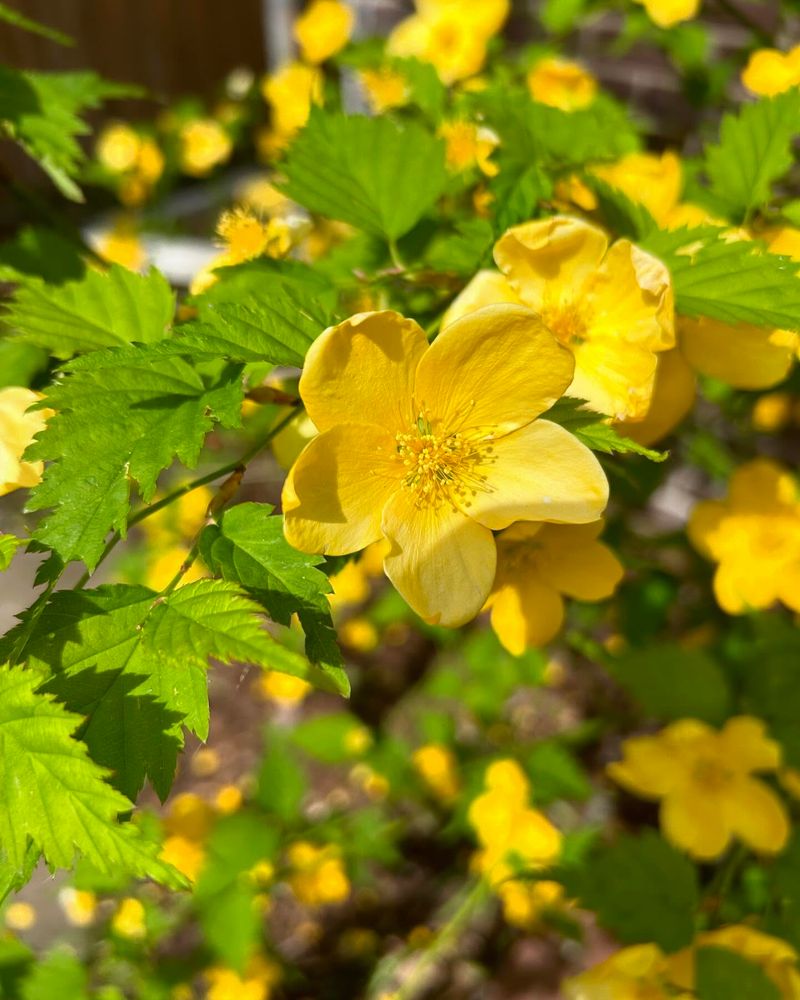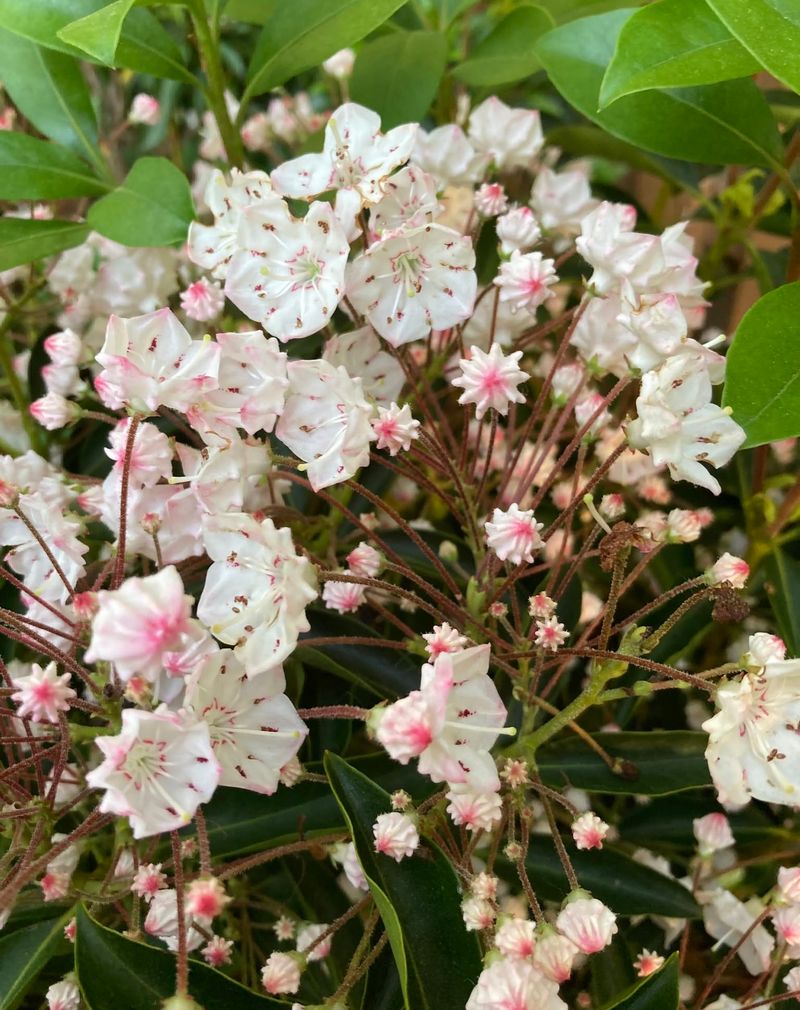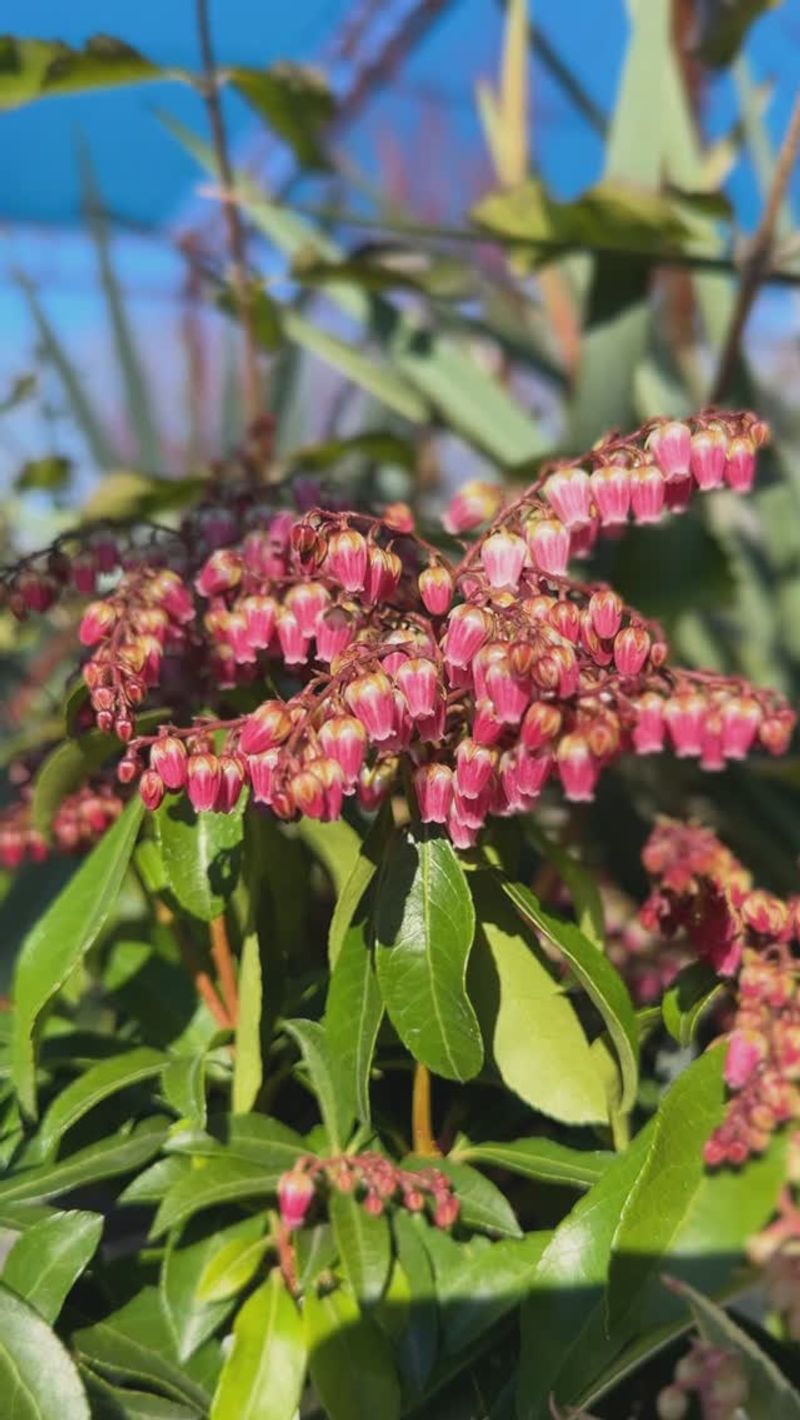Planting shrubs in shady spots can be a real gardening challenge. Many popular shrubs need lots of sunlight to grow properly and show off their best colors and blooms. When placed in too much shade, these plants often become leggy, produce fewer flowers, or simply fail to thrive. Fortunately, for every sun-loving shrub that struggles, there’s a shade-tolerant alternative waiting to transform your darker garden spaces.
1. Rose Bushes Wilt Without Sun
Rose bushes crave sunshine like kids crave candy. When planted in shady spots, these beloved flowering shrubs produce fewer blooms and develop weak, stretched stems reaching desperately for light.
Disease problems multiply in shade too, with black spot and powdery mildew finding perfect homes in the damp, dark conditions. The signature scent that makes roses so special also diminishes without adequate sunshine.
Even the most shade-tolerant rose varieties need at least 4-6 hours of direct sun daily to perform well, making them poor choices for areas beneath trees or beside buildings.
2. Lilacs Lose Their Luster
Grandma’s favorite spring shrub absolutely demands sunshine to produce those heavenly scented purple, pink, or white flower clusters. Lilacs planted in shade become sparse, with fewer branches and a stretched, unnatural shape.
The signature blooms that make these shrubs special become rare treasures when sun is limited. You might wait years between flowering cycles, only to be disappointed by small, lackluster clusters.
Without 6+ hours of direct sunlight daily, lilacs also become more vulnerable to powdery mildew, which coats their leaves in a ghostly white film that further weakens the plant.
3. Butterfly Bush Falls Flat
Butterfly bushes earn their name by attracting colorful winged visitors with nectar-rich flower spikes. Sadly, when planted in shade, these pollinator magnets produce dramatically fewer blooms, which means fewer butterflies will visit your garden.
The normally upright, fountain-like growth pattern becomes distorted in shade. Stems stretch awkwardly toward any light source, creating a lopsided, unattractive shrub that’s prone to breakage.
Without full sun (6-8 hours daily), butterfly bushes also become more susceptible to spider mites and other pests that prey on weakened plants.
4. Lavender Languishes Without Light
Mediterranean by nature, lavender evolved in sunny, dry conditions that shade gardens simply can’t provide. When starved of sunlight, lavender’s signature silver-blue foliage loses its vibrant color, turning a dull green before eventually dying back.
Root rot becomes almost inevitable in shade, where soil stays moist longer. The aromatic oils that give lavender its beloved scent and medicinal properties develop poorly without intense sunlight exposure.
Even the most generous gardener can’t coax good performance from lavender with less than 6-8 hours of direct sun, making it a definite no-go for shady spots.
5. Forsythia’s Sunshine Requirement
Spring’s earliest yellow bloomer, forsythia bursts with golden flowers before its leaves even appear – but only when given plenty of sunshine. In shade, this normally spectacular show becomes a scattered display of sparse blooms tucked among leggy branches.
The characteristic arching shape that makes forsythia so graceful becomes distorted in shade. Branches grow in awkward directions hunting for light, creating an unbalanced shrub that loses its natural fountain-like form.
Without 6+ hours of direct sunlight, forsythia also produces thinner branches more susceptible to winter damage, further reducing spring’s floral display.
6. Crape Myrtle’s Shade Struggle
Southern gardens showcase crape myrtles for their spectacular summer-long blooms and beautiful peeling bark. Planted in shade, however, these showstoppers become wallflowers with dramatically reduced flowering and less vibrant bark coloration.
Fungal problems plague shade-grown crape myrtles. Powdery mildew coats leaves and buds with a white film that prevents proper development and can eventually kill branches.
The stunning fall color that makes these shrubs four-season performers also fails to develop without adequate sunlight, leaving you with a mediocre plant that never lives up to its potential.
7. Juniper’s Fading Foliage
Known for vibrant blue-green needles, junipers lose their distinctive coloration when placed in shade. The foliage turns a dull, yellowish green and becomes thin as the plant struggles to photosynthesize with limited light.
The dense, full growth that makes junipers excellent privacy screens or ground covers disappears in shade. Instead, branches become sparse with large gaps, defeating the purpose of planting them in the first place.
Root diseases thrive in the moister soil conditions of shady areas, often causing sections of juniper to suddenly brown and die, creating an eyesore in your landscape.
8. Weigela’s Weak Performance
Bell-shaped flowers in pink, red, or white normally cover weigela shrubs each spring, creating a pollinator paradise. In shade, however, flower production plummets dramatically, sometimes by 80% or more compared to sun-grown specimens.
Variegated weigela varieties, prized for their cream-edged or golden leaves, lose their distinctive patterning in shade. The leaves revert to plain green as the plant attempts to maximize chlorophyll production in low-light conditions.
The normally compact, rounded growth habit becomes stretched and sparse, creating an unattractive plant that requires more frequent pruning yet never achieves the desired form or flowering.
9. Potentilla’s Poor Shade Adaptation
Sunny yellow, white, or pink button-like flowers typically cover potentilla shrubs from late spring through fall. When light-starved in shade, these prolific bloomers produce dramatically fewer flowers, sometimes going completely bloomless for entire seasons.
The normally dense, compact growth pattern falls apart in shade. Stems become weak and sprawling, creating a messy appearance that contradicts potentilla’s reputation as a neat, low-maintenance shrub.
Leaf spot diseases frequently attack shade-grown potentillas, creating unsightly brown spots that can cause premature leaf drop and further weaken these already struggling plants.
10. Spirea’s Sunlight Dependency
Bridal wreath and Japanese spirea varieties dazzle with clouds of white or pink flowers when given adequate sunshine. Relegated to shade, these flowering machines produce dramatically fewer blooms, often concentrated only on the sunniest edges of the plant.
The attractive mounded or arching form that makes spireas landscape favorites becomes distorted in shade. Branches stretch awkwardly toward light sources, creating an unbalanced appearance that no amount of pruning can fully correct.
Gold or purple-leaved spirea varieties lose their distinctive coloration in shade, reverting to basic green and eliminating the foliar interest that makes these cultivars special.
11. Barberry’s Bland Shade Response
Vibrant purple, red, or gold foliage makes barberry varieties standout landscape specimens – but only in sunny locations. When planted in shade, these colorful shrubs fade dramatically, reverting to muddy green-brown tones that lack visual impact.
The dense, protective growth habit that makes barberries excellent security hedges disappears in shade. Plants grow thin and open, with larger spaces between branches that defeat their barrier purpose.
Even the characteristic thorns that give barberries their wildlife-resistant qualities become fewer and softer when grown in shade, further reducing their landscape value.
12. Cotoneaster’s Color Loss
Brilliant red berries that persist through winter make cotoneasters wildlife-friendly landscape favorites. In shade, berry production drops dramatically as plants struggle to produce the energy needed for fruit development.
The naturally graceful arching or spreading growth pattern becomes distorted in shade. Branches grow erratically toward light sources, creating an unbalanced appearance that contradicts cotoneaster’s normally elegant form.
Fall color display, a bonus feature of many cotoneaster varieties, fails to develop without adequate sunlight, robbing your landscape of vibrant autumn interest.
13. Abelia’s Anemic Shade Growth
Glossy abelia normally delights with fragrant pink-white flowers that attract butterflies and hummingbirds from summer through fall. In shade, flowering becomes sparse and sporadic, eliminating much of this shrub’s wildlife value.
The dense, semi-evergreen foliage that makes abelia an excellent privacy screen thins dramatically in shade. Leaves grow smaller and farther apart, creating a see-through plant that fails at screening.
Bronze-red new growth and fall color, prized features of many abelia varieties, barely develop without adequate sunshine, leaving plants a monotonous green that lacks seasonal interest.
14. Hydrangea Oakleaf: A Shade-Loving Alternative
Unlike its sun-loving cousins, oakleaf hydrangea thrives in woodland settings with dappled shade. Large, cone-shaped white flower clusters emerge in summer, gradually changing to pink then rusty brown as they age, providing months of evolving beauty.
Dramatic oak-shaped leaves offer two seasons of color change – vibrant green in summer transforms to brilliant burgundy-purple in fall. The peeling cinnamon-colored bark adds winter interest when other shrubs stand bare.
Growing 6-8 feet tall and wide, this native North American shrub tolerates deeper shade than most flowering plants while still producing abundant blooms.
15. Yew: Evergreen Excellence in Shade
Centuries-old European gardens showcase yews as premier shade-tolerant evergreens. Their deep green needle-like foliage stays vibrant even in conditions that would leave other evergreens yellow and sparse.
Female yew plants produce bright red berries (technically arils) that stand out dramatically against the dark foliage in fall and winter. Birds love these colorful fruits, though humans should avoid them as they’re toxic.
Extremely versatile in form, yews can be maintained as formal hedges, shaped into topiary, or allowed to grow into small trees, all while thriving in conditions from partial to deep shade.
16. Japanese Kerria: Sunshine in Shade
Golden yellow flowers resembling small roses cover Japanese kerria’s arching branches in spring, with scattered rebloom throughout summer. This shade-tolerant shrub brings cheerful color to woodland gardens where sun-lovers fail.
Bright green stems maintain year-round interest, standing out especially in winter when deciduous shrubs typically offer little visual appeal. The zigzag growth pattern creates interesting structural elements even when not in bloom.
Adaptable and low-maintenance, kerria grows 4-6 feet tall and spreads gradually through underground runners, eventually forming a colony perfect for naturalizing in difficult shaded areas.
17. Mountain Laurel: Native Shade Beauty
Cup-shaped pink or white flowers with intricate purple markings cover mountain laurel in late spring, creating a magical woodland display. Native to eastern North America, this evergreen shrub evolved specifically for life in the dappled light beneath deciduous trees.
Glossy, leathery leaves remain attractive year-round, maintaining garden structure even in winter. New growth emerges with a bronzy-red tint that adds seasonal interest beyond the flowering period.
Growing 5-15 feet tall depending on variety, mountain laurel prefers acidic soil and protection from harsh winds, making it perfect for woodland gardens and naturalized landscapes.
18. Japanese Pieris: Four-Season Shade Star
Drooping chains of bell-shaped white flowers dangle from Japanese pieris branches in early spring, often when snow still covers the ground. This shade-tolerant evergreen brings early-season pollinators to life when few other plants are blooming.
New growth emerges in dramatic red or bronze tones, creating striking contrast against mature green foliage. After flowering, decorative seed capsules persist, continuing the ornamental show.
Reaching 6-8 feet tall and wide at maturity, pieris creates excellent year-round structure in shade gardens where maintaining visual interest can be challenging.

